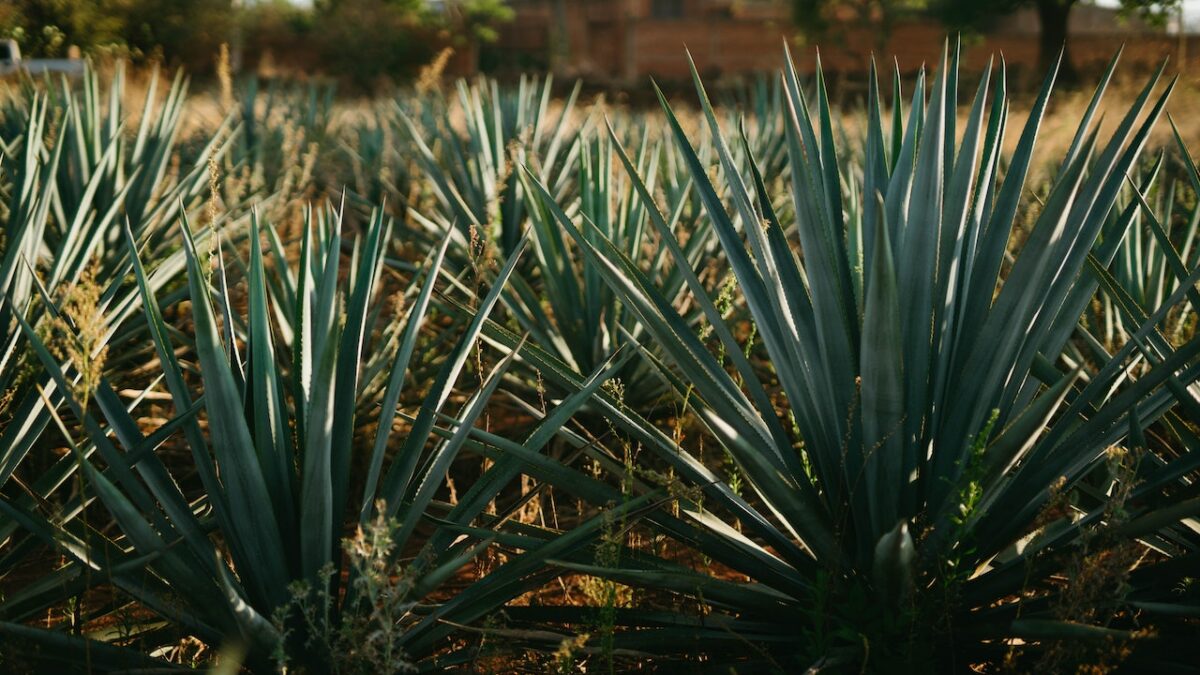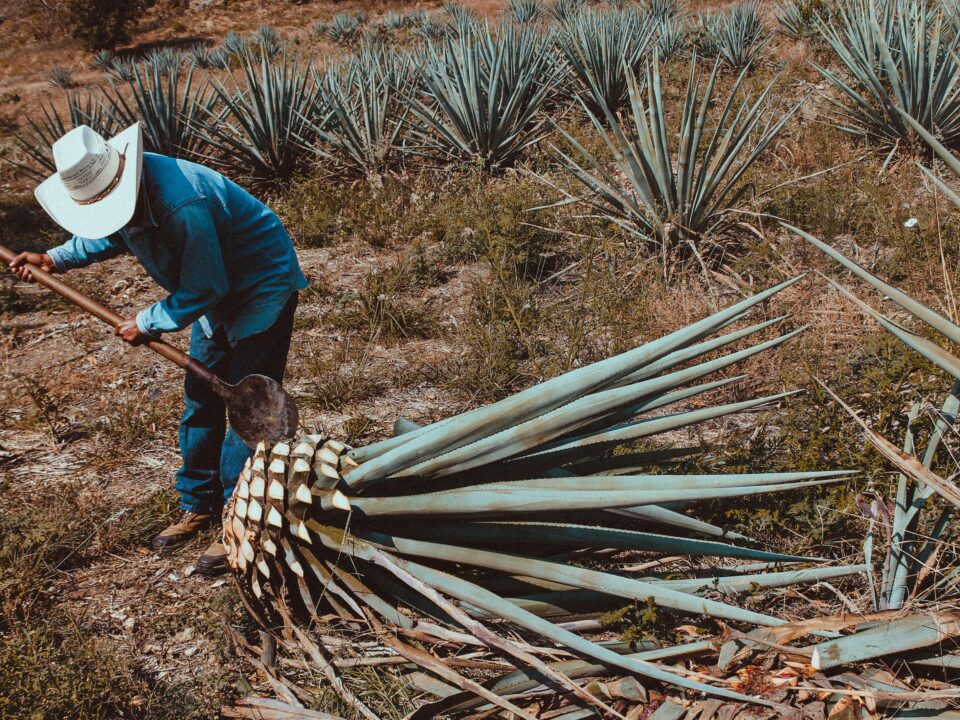Techniques for growing agave in Jalisco, Mexico

Recommendations to obtain the Tequila origin certification
September 7, 2022
Marketing tips to position a Tequila brand.
September 7, 2023Jalisco is one of the main agave producing states in Mexico, with a planted area of around 120 thousand hectares. Agave is a plant from arid and semi-arid climates, so Jalisco, with its temperate and dry climate, is an ideal place for its cultivation.
Agave is used for the production of tequila, mezcal, pulque and other derived products. The cultivation of agave is an important activity for the economy of Jalisco, since it generates employment and foreign currency.
Land selection
The first step to growing agave is selecting the right soil. The ideal land for growing agave must have the following characteristics:
- Fertile and deep soil: The agave requires a soil with good drainage and a pH of 6 to 7.
- Dry climate: Agave is a plant that tolerates drought.
- Adequate lighting: The agave requires at least 6 hours of sunlight per day.
Land preparation
Once the land has been selected, it must be prepared for cultivation. Land preparation includes the following activities:
Planting agave can be done in two ways:
- Cleaning: The land must be cleaned of weeds and stones.
- Plowing: The land should be plowed to improve drainage.
- Liming: The land can be limed to correct the pH.
- Furrowing: Furrows must be made for planting.
Sowing
By suckers: The suckers are young plants that break away from the mother plant.
By seeds: Sowing by seeds is less common, since it is a slower process and requires more care.
Planting distance depends on the agave variety. In general, the recommended distance is 2 meters between plants and 3 meters between rows.
Irrigation
Agave is a drought-tolerant plant, but requires irrigation during the first years of growth. Irrigation should be done during the dry season, preferably at night.
Fertilization
The agave requires fertilization for its proper development. Fertilization should be carried out annually, during the rainy season.
Control of pests and diseases
Agave is susceptible to some pests and diseases, such as cottony mealybug, aphid, and wilt. To control pests and diseases, authorized insecticides and fungicides can be used.
Harvest
The agave takes 7 to 10 years to mature. The harvest is carried out when the plant reaches maturity, which can be determined by the color of the pineapple, which should be golden yellow.
The agave harvest is done manually. The plant is cut at neck height, leaving the root and pineapple. The pineapple is transported to the factory for the production of tequila, mezcal or other derived products.
Conclusions
Agave cultivation is an important activity for the economy of Jalisco. Agave is a plant that requires specific climatic and soil conditions, so it is important to select the appropriate land and carry out the necessary cultural work to obtain a good harvest.
Some tips for growing agave in Jalisco:
Choose an agave variety suitable for the climate and soil of Jalisco.
Plant in the appropriate season.
Carry out the necessary cultural tasks, such as irrigation, fertilization and pest and disease control.
Harvest the agave when it reaches maturity.
By following these tips, you can obtain a good harvest of agave in Jalisco.shareSearch on Google




